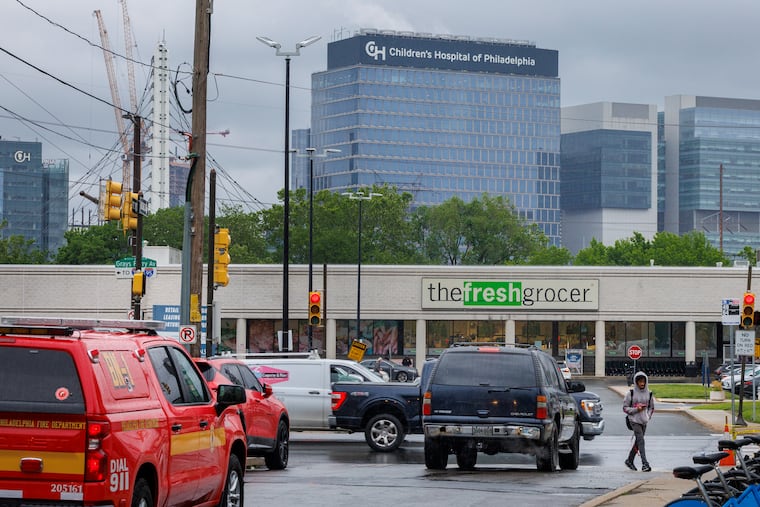CHOP’s new garage on Grays Ferry Avenue expected to worsen existing speeding issues in the area.
The recent opening of the new boardwalk along the Schuylkill Banks marks a significant development for Philadelphia, enhancing access to the waterfront while providing residents with fresh perspectives on the city. This striking cable-stayed bridge not only offers stunning views of both West Philadelphia’s and Center City’s skylines but also reconnects the previously isolated Grays Ferry neighborhood to the urban landscape.
Historically, Grays Ferry has struggled with neglect, having become increasingly disconnected from neighboring areas due to the encroachment of highways and industrial sites. Once a key colonial river crossing, its rich history has been overshadowed by a legacy of urban decay. Currently, hopes are high that the introduction of this new bridge, linking Grays Ferry Avenue to Center City, will facilitate a revitalization of the neighborhood. However, this potential progress could be jeopardized by the Children’s Hospital of Philadelphia (CHOP), which plans to construct a large parking garage in Grays Ferry.
The proposed garage will accommodate over a thousand cars and is strategically situated at 3000 Grays Ferry Avenue, yet it is notable that the hospital’s main campus is nearly a mile away. This decision to build at such a distance has raised concerns about the implications for local traffic and the environment. The garage is expected to funnel significant traffic into Grays Ferry, aggravating congestion issues that already plague the neighborhood. Residents worry that the resulting increase in vehicles will further compromise pedestrian safety, particularly in light of the area’s history of accidents involving cyclists and pedestrians.
Grays Ferry has long been a dumping ground for unwelcome land uses, further complicating the potential for positive development. The area’s broad roads, designed to accommodate heavy traffic, serve as barriers to pedestrian-friendly initiatives. With land currently occupied by industrial facilities and parking lots, there is a pressing need for a shift toward mixed-use development that would prioritize community needs over parking space.
The location chosen for CHOP’s garage exemplifies a troubling pattern of prioritizing automobile access over community well-being. Local advocates argue that the site could have been better utilized for housing or other community-centric developments. Critics argue that while CHOP claims to have considered alternative locations, it remains clear that the decision reflects a lack of commitment to the surrounding community’s interests.
Furthermore, the hospital has emerged as a significant landholder beyond its original district, contributing to congestion and a diminished quality of life in residential areas. Its focus on parking solutions detracts from the potential for more sustainable and integrated urban planning, such as partnerships with nearby institutions for shared resources, including parking facilities.
In light of recent surveys indicating a surplus of parking spaces in the hospital district, may be prudent for CHOP to reevaluate its needs and opt for solutions that would benefit both its operations and the surrounding neighborhoods. Instead of reinforcing auto-centric infrastructure that could lead to further hardship for Grays Ferry’s residents, CHOP could lead by adopting policies that promote public transit use, thereby improving the health and environment of the community.
This parking garage proposal underscores the importance of viewing urban development through a lens of equity and sustainability. The Schuylkill Banks promenade has the potential to transform Philadelphia’s communities positively, but that vision could be compromised by developments that prioritize vehicles over people. It is essential for institutions like CHOP to consider the broader impacts of their development choices, ensuring they contribute to a healthier, more accessible Philadelphia for all residents.
Media News Source







